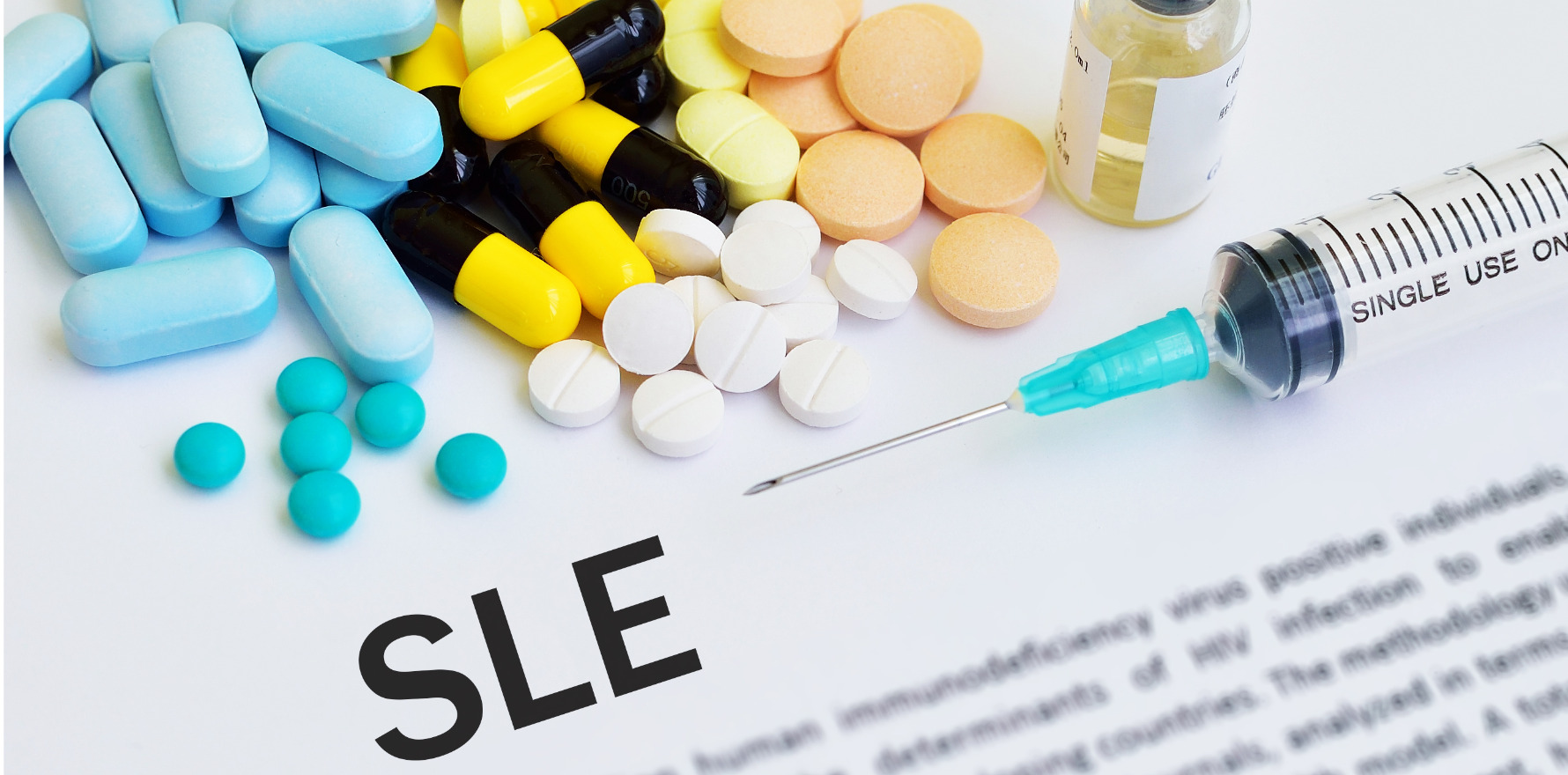The FDA has approved AstraZeneca’s Saphnelo for treating moderate to severe SLE in a big step forward for the lupus community.
The FDA has approved anifrolumab-fnia (Saphnelo – AstraZeneca) for the treatment of moderate to severe systemic lupus erythematosus (SLE) in adults who are receiving standard therapy.
Anifrolumab is a first-in-class type I interferon (Type I IFN) receptor antibody and the only new medicine in over a decade for patients with SLE. Type I IFN plays a central role in the pathophysiology of lupus and increased type I IFN signalling is associated with increased disease activity and severity.
Approval was based on efficacy and safety data from the TULIP-1 and TULIP-2 phase III trials and the MUSE phase II trial.
All three trials were randomised, double-blinded, placebo-controlled trials in patients with moderate to severe SLE who were receiving standard therapy including at least one of the following: oral corticosteroids (OCS), antimalarials and immunosuppressants (methotrexate, azathioprine or mycophenolate mofetil).
The MUSE phase II trial compared safety and efficacy of 300mg and 1000mg of anifrolumab vs placebo every 4 weeks, with improvements across multiple efficacy endpoints in both treatment groups vs placebo.
In the TULIP-1 phase III trial, patients received a fixed-dose anifrolumab intravenous infusions of 150mg or 300mg, or placebo every four weeks, in addition to standard therapy. The trial did not meet its primary endpoint based on the SLE Responder Index 4 (SRI4) composite measure.
However, secondary endpoints including reduction of oral corticosteroid use, cutaneous lupus erythematosus disease area and severity index (CLASI) responses and British Isles Lupus Assessment Group-based composite lupus assessment (BICLA) responses suggested some clinical benefit and the need for further data.
The TULIP-2 trial, which randomised patients to 300mg anifrolumab or placebo every four weeks, demonstrated superiority across multiple efficacy endpoints versus placebo as measured by the BICLA scale. It also showed statistically significant differences in secondary endpoints including reduction in OCS and improved skin manifestations as measured by CLASI.
Rheumatology professor Eric Morand, from Monash University, told Rheumatology Republic, “The FDA approval of anifrolumab for the treatment of SLE caps a long history of research into the role of interferon (IFN) in the pathogenesis of this disease. We now know that blocking the IFN receptor with anifrolumab reduces disease activity, steroid dosing, skin disease and, in some patients, joint disease too.
“With the publication of an abstract at EULAR 2021 suggesting possible activity in lupus nephritis, and all the evidence linking IFN to worse disease activity in SLE, it’s possible that anifrolumab could be a game-changer for SLE. This is welcome in a disease in which only one drug has been approved in the last 60 years and 80% of patients take long term steroids,” said Professor Morand, who was principal investigator on TULIP-2.
Dr Richard Furie, principal investigator of the Saphnelo clinical development programme, said in a press release: “Our treatment goals in SLE are to reduce disease activity, prevent organ damage from either the illness itself or the medications, especially steroids, and improve one’s quality of life.”
“Today’s approval of Saphnelo represents a big step forward for the entire lupus community. Physicians will now be able to offer an effective new treatment that has produced significant improvements in overall disease activity, while reducing corticosteroid use.”
The most common adverse events associated with anifrolumab include nasopharyngitis, upper respiratory tract infection, bronchitis, infusion-related reactions, herpes zoster and cough.
A long-term anifrolumab trial and trial evaluating subcutaneous delivery are in progress, and AstraZeneca is also investigating its potential for other diseases where type I IFN plays a key role, including lupus nephritis, cutaneous lupus erythematosus and myositis.
Professor Morand said, “FDA approval does not guarantee approval in Australia, which depends on a two-stage process at TGA and then PBAC for PBS listing.
“As an Australian rheumatologist who was lucky enough to be global PI of the TULIP-2 trial, I would be devastated if Australian patients don’t get to benefit from this drug – noting belimumab failed to obtain PBS listing. I feel like we all need to lobby for the massive unmet need of SLE patients, about which regulators, through no fault of their own, are not well educated.”
Anifrolumab is currently under regulatory review for SLE in the UK, EU and Japan. Rheumatology Republic has approached AstraZeneca Australia for comment on its plans for the Australian market.


